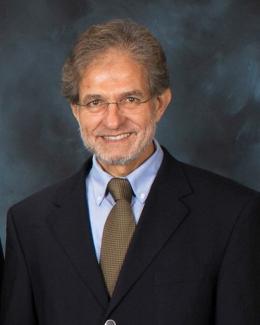Abstract
A compact, three-in-one, flow-through, porous, electrode design with minimal electrode
spacing and minimal dead volume was implemented to develop a microbial fuel cell (MFC)
with improved anode performance. A biofilm-dominated anode consortium enriched under a
multimode, continuous-flow regime was used. The increase in the power density of the MFC
was investigated by changing the cathode (type, as well as catholyte strength) to determine
whether anode was limiting. The power density obtained with an air-breathing cathode was
56 W/m3 of net anode volume (590 mW/m2) and 203 W/m3 (2160 mW/m2) with a 50-mM ferricyanide-
based cathode. Increasing the ferricyanide concentration and ionic strength further
increased the power density, reaching 304 W/m3 (3220 mW/m2, with 200 mM ferricyanide
and 200 mM buffer concentration). The increasing trend in the power density indicated that
the anode was not limiting and that higher power densities could be obtained using cathodes
capable of higher rates of oxidation. The internal solution resistance for the MFC was 5–
6 X, which supported the improved performance of the anode design. A new parameter
defined as the ratio of projected surface area to total anode volume is suggested as a design
parameter to relate volumetric and area-based power densities and to enable comparison of
various MFC configurations.


